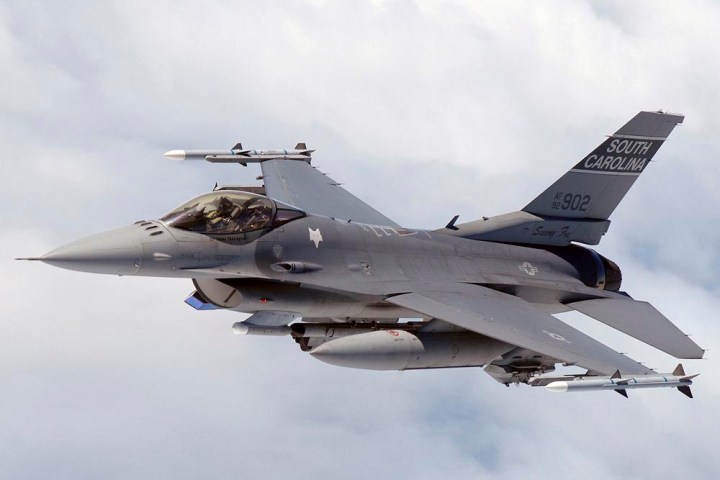
Because this project comes from a secretive wing of the Pentagon, what the UAVs might do next (on a battlefield, that is) remains classified information. What is unclassified, however, is a short video published by the Department of Defense, depicting the action mentioned above. Though relatively brief, the video does provide some insight into the future of Air Force reconnaissance. For as tight-lipped as the Pentagon stands regarding the Perdix drone’s actual assignment, one could speculate they’d be used for inexpensive surveillance or as an anti-aircraft system decoy.
Developed by students at MIT, each Perdix drone is 3D-printed using Kevlar and carbon fiber and boasts electronics you’d typically find in an everyday cell phone — a lithium polymer battery, for instance. According to deputy defense secretary Bob Work, the Perdix craft has the ability to carry various payloads in the future and possesses the capability to communicate with its entire swarm while flying.
“Just imagine an airplane going in against an IAD (Integrated Air Defense) system and dropping 30 of these out that form into a network and do crazy things,” Work tells BreakingDefense.com. “We’ve tested this. We’ve tested it and it works.”
Though MIT students invented and created the idea for the Perdix drones, the Pentagon’s secretive Strategic Capabilities Office took the innovative tech and devised a way for it to launch via warplanes. Led by physicist William Roper, the small SCO team began running trials with the Perdix craft back in 2014 before undergoing the full-scale testing seen in Alaska last year. The likely end goal for SCO is to make the Perdix system much more effective and cost-friendly than traditional Miniature Air-Launch Decoys.

“We don’t have to develop new planes,” Roper says. “We don’t have to develop fundamentally new weapons. But we have to work the integration and the concept of operation. And then you have a completely new capability, but you don’t have to wait long at all.”
Roper’s intention of taking existing technology and applying it in new areas is the backbone of the research conducted by the SCO. Not only has this allowed the organization to develop an innovative way to launch drones via an F-16, but it has dramatically saved the DoD an incredible amount of money. Whereas a typical Miniature Air-Launch Decoy may run $300,000 per unit, two years of testing with swarms of Perdix drones have cost the government just $20 million.
It’s unknown when exactly the Pentagon will deem the tech worthy enough for the U.S. Air Force to deploy full time, but the agency does plan on continued testing during 2016. If the Perdix continues to display a high level of effectiveness while keeping its operating costs relatively low, it’s likely they’ll be as prevalent aboard F-16s as its engine.


